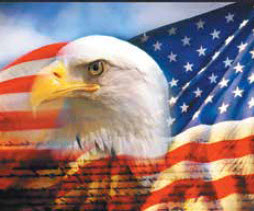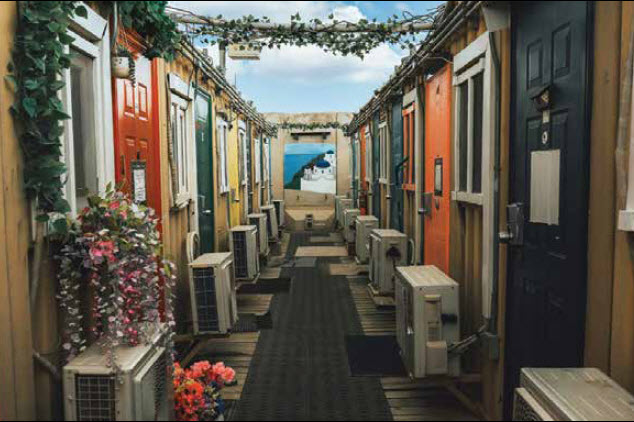All Things Soldier: The Power Of Paint
 By: Ali Elizabeth Turner
By: Ali Elizabeth Turner
Over the last decade, I have discussed many times how transformational were the three years I worked for the DOD from 2004-2007 at various bases in Baghdad, and that I would go back again in a heartbeat if I felt like I was supposed to. Especially dear to my heart were the holidays, because when you are in a combat zone and you are not guaranteed to finish out the day, having people and reasons to celebrate made the day all that more special.
One of the things I always enjoyed was the creativity of the soldiers when it came to making their offices, quarters, tents, “hooches” or hovels into something that felt like home, and many of us followed suit. The following is a description of people stationed at Bagram in Afghanistan coping during COVID and using the “power of paint” to make life better for themselves and others. Art therapy is powerful, and here is the proof.

Estella Juarez works for the Army as a civilian contractor, and when she had been in Afghanistan for about seven months, she got news that her nephew had died. He was in Colorado, and COVID made it impossible for her to travel to his funeral. She was grieving, homesick, and fighting feelings of isolation; so she decided to use her artistic skills to improve her surroundings.
Estella’s “hooch” was a shipping container with a door on the front, which is what I lived in as well; and trust me, some of the most important people on base are the HVAC folks who keep you from cooking or freezing by keeping the temperatures reasonable. She started out by painting floral and mountain scenes on the light switches and electrical boxes on the inside of her hooch.
Then, Estella got a hold of red paint at the hazmat yard, and painted her door. She loved coming home to some bright color, but then the idea took off to make the whole row of hooches look like a photo she had seen of a charming street in Puerto Rico. So, door by door, she sanded, painted, and transformed each one, and it became a movement. Some people on base came to help, others donated things like tape, scrounged up brushes, and fulfilled that statement that we heard often: “Adapt and overcome, it is the Army way.” She managed to custom blend some paint to the exact blue of the water in Florida for one guy, and people sent artificial ivy to make it look even more lush. It became known as “Ivy Lane.”
“La pièce de résistance” (French for the centerpiece, or the most important part of something like a meal) was the T-wall (which protects from bomb blasts) at the end of the row being painted with a seascape that made it look like it led down to a seaside Greek island town called Santorini. That art was the work of a guy by the name of John Ye. John was Estella’s neighbor, is a children’s author and illustrator, and also works for the Army. Estella then zip-tied solar garden lights to the wall so you could see it at night, and said, “It pulls the whole thing together.”
The impact of this community art project was described well by Estella when she said, “You forget you are in a war zone for a little bit.” Indeed it does.
By: Ali Elizabeth Turner
